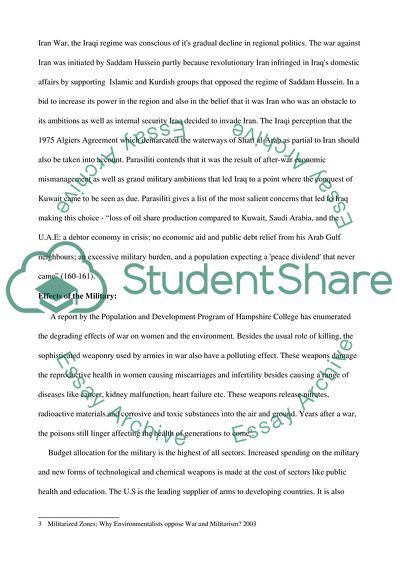Cite this document
(“A Case Study of A War Or Military Conflict Essay”, n.d.)
Retrieved from https://studentshare.org/politics/1552077-a-case-study-report-a-case-study-of-a-war-or-military-conflict-eg-darfur-iraq
Retrieved from https://studentshare.org/politics/1552077-a-case-study-report-a-case-study-of-a-war-or-military-conflict-eg-darfur-iraq
(A Case Study of A War Or Military Conflict Essay)
https://studentshare.org/politics/1552077-a-case-study-report-a-case-study-of-a-war-or-military-conflict-eg-darfur-iraq.
https://studentshare.org/politics/1552077-a-case-study-report-a-case-study-of-a-war-or-military-conflict-eg-darfur-iraq.
“A Case Study of A War Or Military Conflict Essay”, n.d. https://studentshare.org/politics/1552077-a-case-study-report-a-case-study-of-a-war-or-military-conflict-eg-darfur-iraq.


